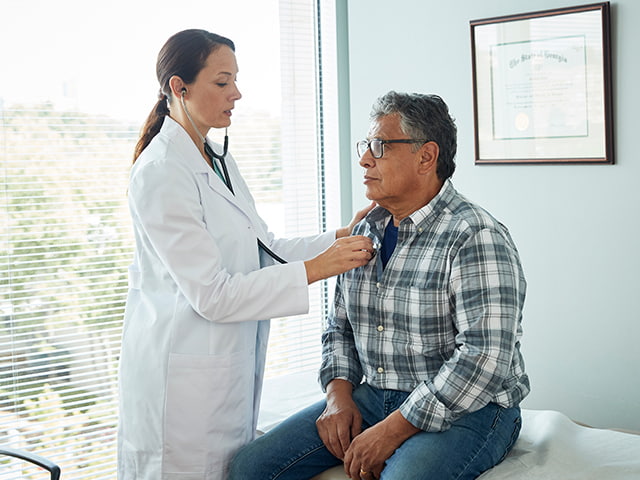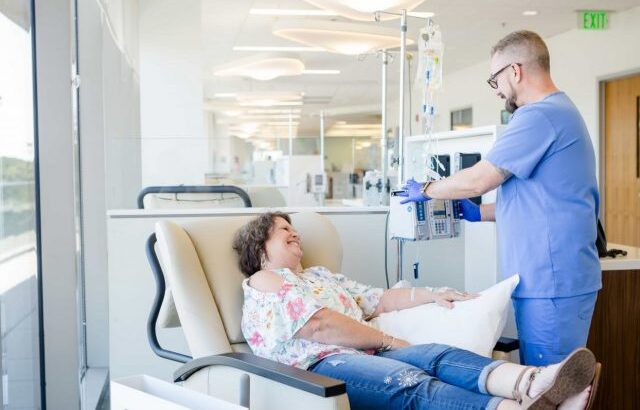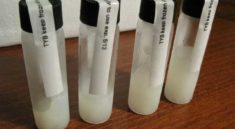In today’s rapidly advancing healthcare landscape, technology plays a pivotal role in transforming patient care. One of the most significant innovations has been the integration of medical alerts into the fully connected healthcare ecosystem. These alerts, powered by real-time data, have revolutionized the way healthcare professionals and patients interact, ensuring that critical information is communicated swiftly and efficiently.
As the world moves toward a more interconnected healthcare environment, it’s crucial to understand how medical alerts function within this ecosystem, their importance, and the benefits they bring to both patients and healthcare providers.
What Are Medical Alerts?
Medical alerts are notifications or alarms generated by medical devices, monitoring systems, or healthcare applications. These alerts typically indicate that a patient’s condition is changing, either for the better or worse. They may be triggered by specific thresholds—such as blood pressure, heart rate, oxygen levels, or glucose levels—being exceeded, or by any event that requires immediate attention from healthcare providers or caregivers.
Medical alerts can be delivered in various forms, such as text messages, emails, phone calls, or notifications on a healthcare professional’s monitoring dashboard. The format and delivery method depend on the criticality of the situation and the tools available within the connected healthcare system.
The Fully Connected Healthcare Ecosystem
A fully connected healthcare ecosystem is one in which all components of the healthcare system—patients, providers, medical devices, health records, and various healthcare technologies—are seamlessly interconnected through digital platforms and networks. This integration enables the exchange of real-time data, allowing for more informed decision-making, improved patient outcomes, and more efficient care delivery.
In this ecosystem, medical alerts are critical. By transmitting real-time information about a patient’s condition to the right people at the right time, alerts help ensure that healthcare professionals can intervene promptly, preventing complications and saving lives. With medical alerts, healthcare systems can operate more efficiently, reduce risks, and provide more personalized care to patients.
How Medical Alerts Enhance Patient Care
- Early Detection of Health Issues
One of the primary roles of medical alerts is to provide early warnings of potential health issues. By continuously monitoring a patient’s vital signs or other critical health metrics, medical devices can detect even subtle changes in their condition. For example, a wearable heart rate monitor may trigger an alert if it detects arrhythmia or an abnormal heart rhythm.
These early warnings give healthcare providers the chance to intervene before a problem escalates into a more serious condition. Early intervention can significantly improve patient outcomes, prevent hospital readmissions, and reduce the overall cost of healthcare.
- Remote Monitoring and Support
Medical alerts play a key role in enabling remote patient monitoring, a growing trend in healthcare that allows providers to track patients’ health from a distance. Patients with chronic conditions or those recovering from surgery can wear devices that monitor critical metrics like blood pressure, glucose levels, or oxygen saturation. When these readings fall outside normal ranges, an alert is triggered and sent to the healthcare provider.
Remote monitoring and the subsequent alerts allow healthcare providers to monitor patients continuously, without requiring them to visit a clinic or hospital. This results in fewer in-person visits, less strain on healthcare facilities, and improved access to care, especially in rural or underserved areas. Furthermore, patients benefit from the peace of mind that comes with knowing they’re being closely monitored, even when they’re not physically at the doctor’s office.
- Reduction of Human Error
The healthcare industry is notorious for human error—whether it’s due to miscommunication, fatigue, or simple oversight. Medical alerts help mitigate these risks by automating notifications and delivering critical information directly to the relevant parties. For instance, if a medication dosage is missed or a vital sign falls outside the acceptable range, an alert is immediately sent to the nurse, doctor, or caregiver.
By reducing the reliance on human observation and communication, medical alerts increase the likelihood that healthcare teams will respond promptly and accurately to a patient’s needs. This is particularly important in high-stakes environments like emergency rooms, intensive care units, or when treating patients with complex, multisystem conditions. As highlighted by MedicalResearch.com, these advancements in alert systems are crucial for improving patient outcomes and ensuring timely interventions.

- Personalized and Proactive Care
Personalized care is at the heart of modern medicine, and medical alerts play a crucial role in tailoring treatment plans to individual patients. By continuously monitoring a patient’s vital signs, lifestyle factors, and even genetic predispositions, healthcare providers can adjust care plans based on real-time data.
For example, if a diabetic patient’s glucose levels are trending too high, a medical alert can notify the provider or patient so that immediate changes to their treatment plan—such as medication adjustments or lifestyle modifications—can be made. This proactive, data-driven approach helps prevent complications, like diabetic ketoacidosis, and enhances long-term health outcomes.
- Improved Care Coordination
In a connected healthcare ecosystem, multiple healthcare professionals are often involved in a patient’s care. From primary care physicians to specialists, nurses, pharmacists, and physical therapists, the coordination of care is critical. Medical alerts facilitate this coordination by ensuring that all members of the healthcare team are promptly notified of any changes in the patient’s condition.
For example, if a patient is being discharged from the hospital, medical alerts can notify both the patient’s primary care physician and any specialists involved in their care of the patient’s current health status and potential concerns. This seamless flow of information ensures that no crucial details are overlooked and that the patient receives continuous, coordinated care across all touchpoints.
The Future of Medical Alerts in Healthcare
As technology continues to evolve, so too will the role of medical alerts in the healthcare ecosystem. With the rise of artificial intelligence (AI) and machine learning, medical alerts are becoming increasingly sophisticated. For instance, AI algorithms are being developed to predict adverse health events based on historical data and trends. These predictive alerts can notify healthcare providers before a patient’s condition deteriorates, allowing for even more timely interventions.
Additionally, wearable devices are becoming more advanced and capable of monitoring a broader range of health metrics. From sleep patterns to mental health indicators, the next generation of medical alerts could help detect and address not only physical health concerns but also emotional and psychological well-being.
Conclusion
In a fully connected healthcare ecosystem, medical alerts are indispensable. They serve as the communication bridge between patients, providers, and devices, ensuring that critical information is delivered promptly and accurately. From early detection and remote monitoring to the reduction of human error and the enhancement of care coordination, medical alerts are enhancing patient outcomes and transforming the way healthcare is delivered.
As technology continues to advance, the role of medical alerts will only become more central to the future of healthcare. By continuing to integrate medical alerts with cutting-edge technologies like AI, IoT, and wearable devices, we can look forward to a future where healthcare is more proactive, personalized, and efficient—ultimately improving the quality of care and enhancing the lives of patients around the world.





